★ラタンの老舗 KAZAMA リクライニングチェア ラタン 籐 寝椅子 w33
(税込) 送料込み
商品の説明
カザマ製 KAZAMA リクライニングチェア ラタン 籐 寝椅子 w33
密に編みこまれたラタンが美しいリクライナー。
背から頭部までをゆったりとサポートします。
一つ一つが熟練した職人たちの手により作られたラタンの老舗、KAZAMAの製品です。
座と背はピール(皮籐)の網代編み仕様で丁寧に編込んだ籐製の座椅子です。
かなりしっかり作られていて品質の高さがよくわかります。
3段階のリクライニングが可能。
座面が低く奥が深いのですごくゆったりした姿勢のままくつろぐことができ、長時間座っていても疲れにくいです。
【商品状態】
使用感の少ない美品、キレイな状態です。
メーカータグ残ったままの状態です。
引き続き、安心してご使用いただけます。
※USED品として現状での販売となります、商品状態などは掲載画像をご覧いただきまして、お客様でご判断くださいませ。
【size約】
幅:57cm
座面幅:43cm
座面高さ:34cm
座面から背もたれの高さ:70cm
全高さ:90cm(折りたたみ時48㎝)
奥行:90cm(リクライニング、オットマン使用時:165㎝)
即購入OKです!
何かご不明点ありましたらお気軽にお問い合わせください > >
籐家具
ヴィンテージ
ディスプレイラック
キャビネット
ラタン
籐
藤
アラログ
棚
ラック
チェスト
インテリア
ディスプレイ
アンティーク
古道具
レトロモダン
ジャパニーズモダン
ナチュラル
昭和レトロ
フレンチ
カントリー
バスケット
かご
古家具
昭和レトロ
カリモク
ヨーロピアン
バリ島
プロカント
アンティーク
ヴィンテージ
無印
ソファ
シングルチェア
シングルソファ
イス
椅子
一人用
竹
調整腰掛
自動腰掛
リクライニング
今枝商品の情報
| カテゴリー | 家具・インテリア > 椅子・チェア > その他 |
|---|---|
| 商品の状態 | 目立った傷や汚れなし |

流行に ☆ラタンの老舗 KAZAMA リクライニングチェア ラタン 籐 寝椅子

流行に ☆ラタンの老舗 KAZAMA リクライニングチェア ラタン 籐 寝椅子

流行に ☆ラタンの老舗 KAZAMA リクライニングチェア ラタン 籐 寝椅子

流行に ☆ラタンの老舗 KAZAMA リクライニングチェア ラタン 籐 寝椅子
売り切れ ✨美品✨籐 ラタン製☆ リクライニングチェア | www

流行に ☆ラタンの老舗 KAZAMA リクライニングチェア ラタン 籐 寝椅子

流行に ☆ラタンの老舗 KAZAMA リクライニングチェア ラタン 籐 寝椅子

台数限定!ラタンの老舗KAZAMA(カザマ)〔籐リクライニングチェア〕 01-0257-85

2024年最新】kazama インテリアの人気アイテム - メルカリ
台数限定!ラタンの老舗KAZAMA(カザマ)〔籐リクライニングチェア〕 01-0257-85

籐製ラタン リクライニングチェア abitur.gnesin-academy.ru

ラタン 藤 チェア リクライニング 寝椅子 日本産 - 椅子
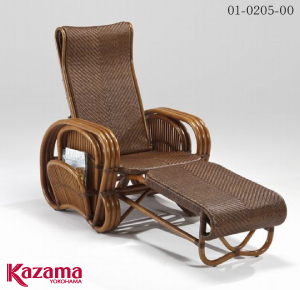
ラタンの老舗KAZAMA(カザマ) リクライナー〔三つ折り寝椅子〕 01
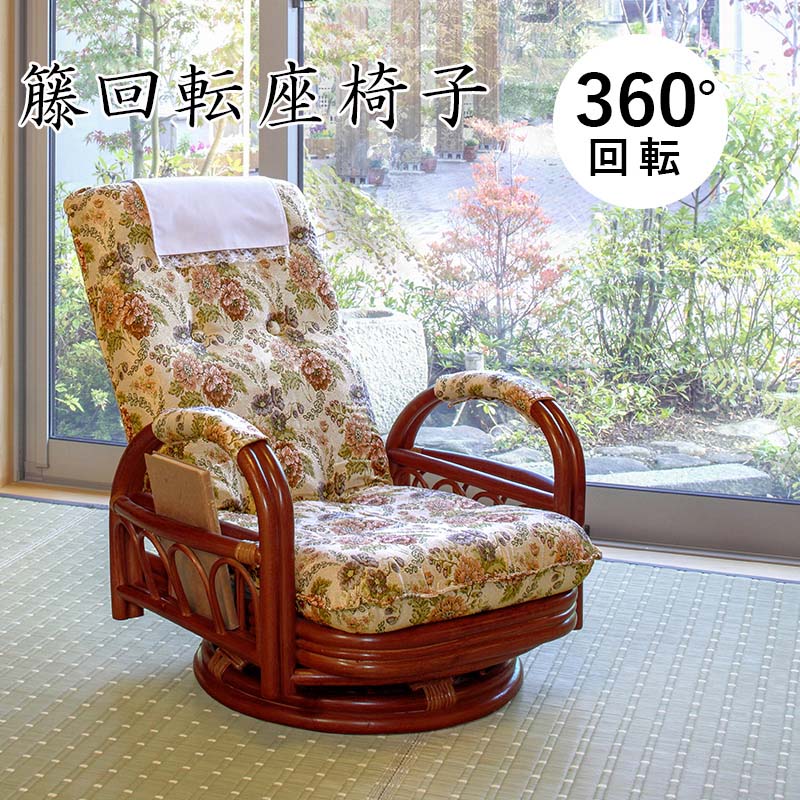
籐製ラタン リクライニングチェア abitur.gnesin-academy.ru
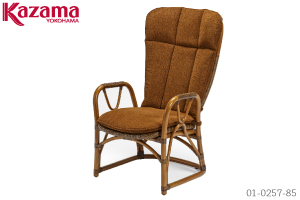
ラタンの老舗KAZAMA(カザマ)〔籐リクライニングチェア〕 01-0257-85
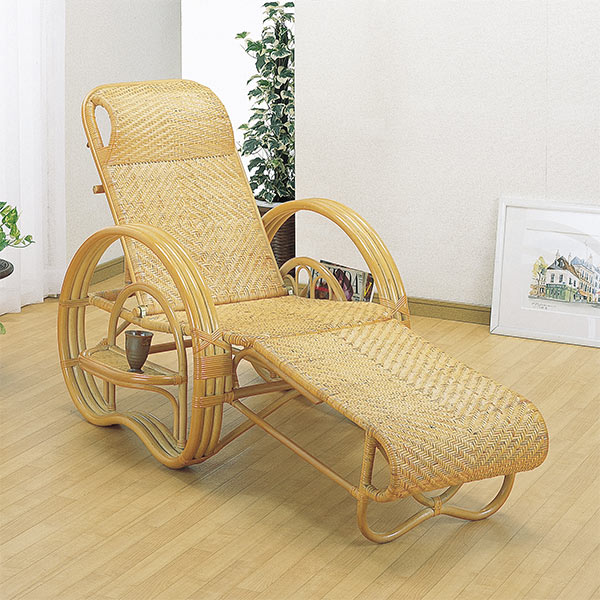
楽天市場】ラタンチェア 三つ折り寝椅子 リクライニングチェア ラック
台数限定!ラタンの老舗KAZAMA(カザマ)〔籐リクライニング

ラタン(籐) 三つ折れ寝椅子 A100

売り切れ ✨美品✨籐 ラタン製☆ リクライニングチェア | www
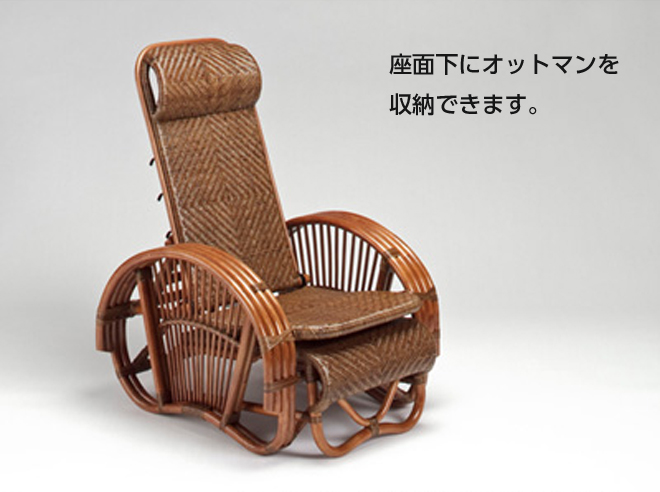
ラタンの老舗KAZAMA リクライニングチェア | 福岡県下最大級の
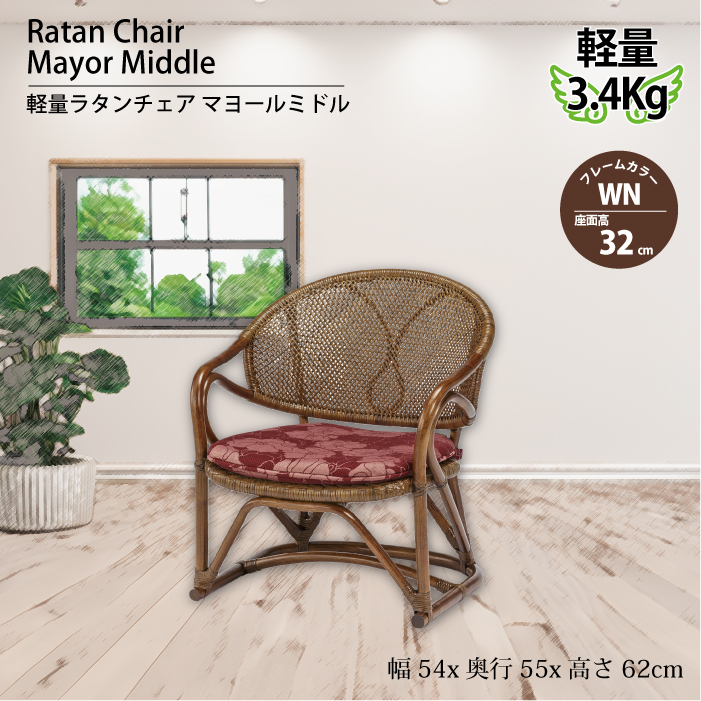
楽天市場】送料無料 最短出荷 ラタンチェア 座面高32cm 母の日 父の日

ラタン 藤 チェア リクライニング 寝椅子 日本産 - 椅子

2024年最新】籐 籐製 リクライニングチェアの人気アイテム - メルカリ

流行に ☆ラタンの老舗 KAZAMA リクライニングチェア ラタン 籐 寝椅子
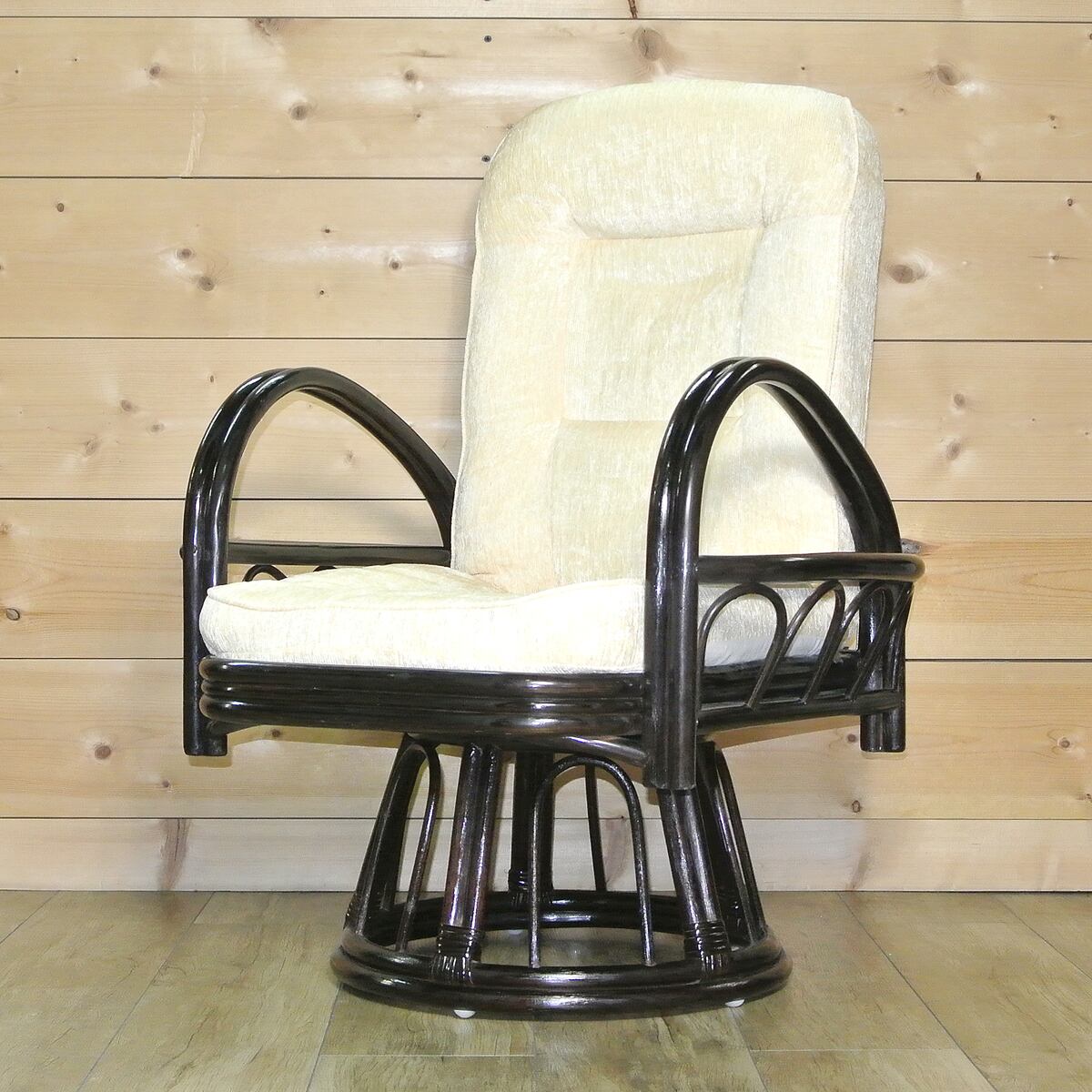
籐製ラタン リクライニングチェア abitur.gnesin-academy.ru

昭和レトロ 竹椅子 竹製腰掛け椅子 ラタンチェア - その他

籐製ラタン リクライニングチェア abitur.gnesin-academy.ru
ラタンチェア リクライニングチェア 寝椅子 籐編み シェーズロング おしゃれ リクライナー ソファ デッキチェア サウナ ベンチ 高齢者 長椅子 和風 02-0786-09

籐製ラタン リクライニングチェア abitur.gnesin-academy.ru

ラタン 藤 チェア リクライニング 寝椅子 日本産 - 椅子

2024年最新】カザマ チェアの人気アイテム - メルカリ

昭和レトロ 竹椅子 竹製腰掛け椅子 ラタンチェア - その他

2024年最新】籐 籐製 リクライニングチェアの人気アイテム - メルカリ
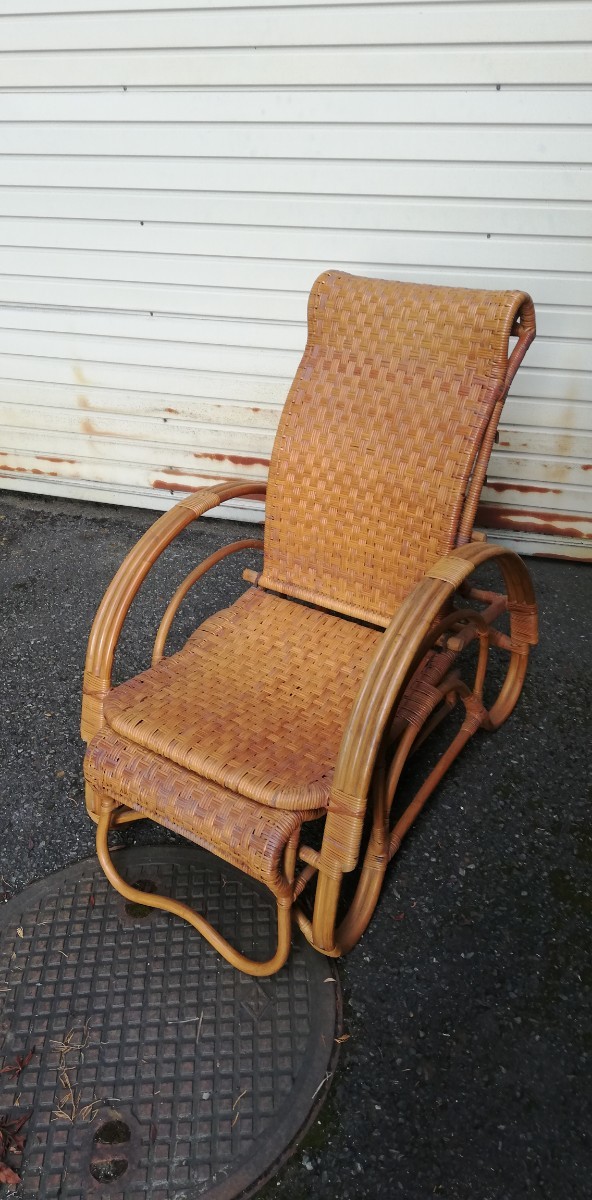
籐製ラタン リクライニングチェア abitur.gnesin-academy.ru

ラタン 藤 チェア リクライニング 寝椅子 日本産 - 椅子

プレゼントを選ぼう! kanademono 2脚シンプルモダンダイニングチェア

翌日発送可能】 ☆ラタンの老舗 KAZAMA リクライニングチェア ラタン

プレゼントを選ぼう! kanademono 2脚シンプルモダンダイニングチェア
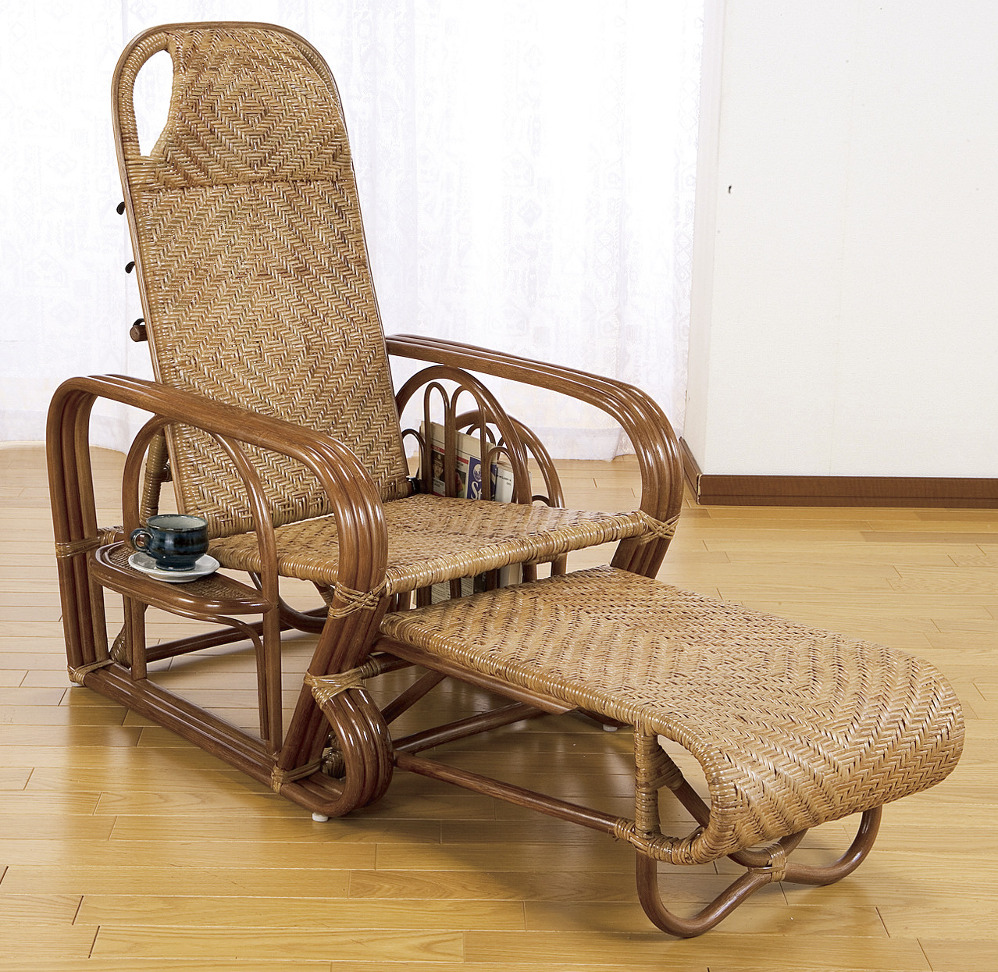
楽天市場】籐 ラタン rattan 寝椅子 シェーズロング リクライニング
リクライニングチェア 寝椅子 アームチェア 座椅子 カウチ 3段階 折畳










商品の情報
メルカリ安心への取り組み
お金は事務局に支払われ、評価後に振り込まれます
出品者
スピード発送
この出品者は平均24時間以内に発送しています














